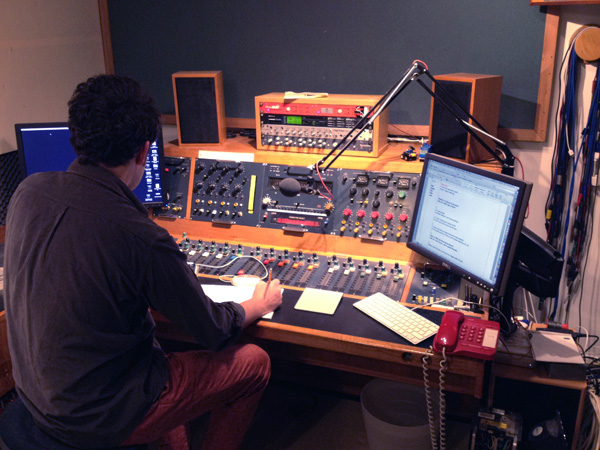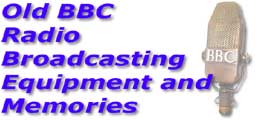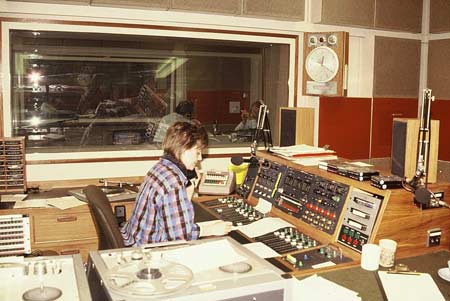
A further improvement over Mk II was the addition of a separate Apparatus Room which serviced all the technical areas and handled all the lines and communications which hitherto had been found in the Ops Room of the earlier stations..
The Mk III desk is fully stereo and was designed specifically for local radio by its engineers. It was built by Equipment Department at Avenue House, Chiswick. It was designed for ease of use and very quickly found favour with presenters.
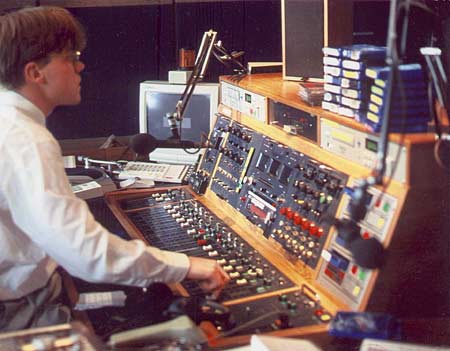
The centre section has the presenter's mic fader and two cubicle guest mics for self op and two mics in Studio 1 next door. Above is the central comprehensive metering, station intercom and Direct to Transmitter selector buttons.
To the right are the dual switchable input repro channels for tape and carts whose second input has over the years been used for sources such as cassette tapes, DAT recorders and Mini Discs. Most recently the primary inputs have been used for the Radio Man computer playout system now almost universally installed in the BBC's 39 local radio stations. In fact the ease with which the desk has accommodated the digital revolution from which we all suffer is testament to the versatility which was designed into it a quarter of a century ago. The only modification with the arrival of Radio Man was to raise the whole carcass by 40mm to allow the VDU screens to conform to current HSE legislation!
Above the repro faders are the audio monitoring controls, compressor/limiter switches, cue send selectors and five recording selectors for tape, cassette or cart with their associated remote record start and indication, now largely redundant since the advent of Radio Man.
All the units were part of Equipment Department's coded equipment scheme and were thus immune from modification by the local engineers to enable interchangeablity for maintenance. For this reason a separate panel was specifically provided where local mods could be added to meet an individual station's requirements.
Usually a second conventional studio/ cubicle configuration (Studio 2) was also provided elsewhere in the station. At Radio Leeds which had a very large Studio 2 capable of seating about 150 people (the building was formerly a church) a Mk IIIA was built which had 12 additional microphone channels which
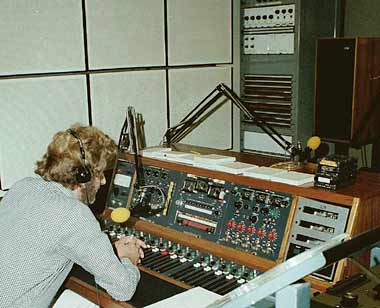
Among the innovations were Hytips which were used to connect the desk to the outside world instead of soldered tag blocks. Initially a single equipment bay was provided in each cubicle with PSUs , amps and a jackfield as in this 1979 picture of Cub 1B at Radio Leeds. At later stations the bay was dispensed with as it was found that all the bay equipment could be tucked into the carcass as in this 1981 picture, below, taken at Leicester.

The final picture shows a preserved Mk III owned by Piers Bishop and still in daily use.
